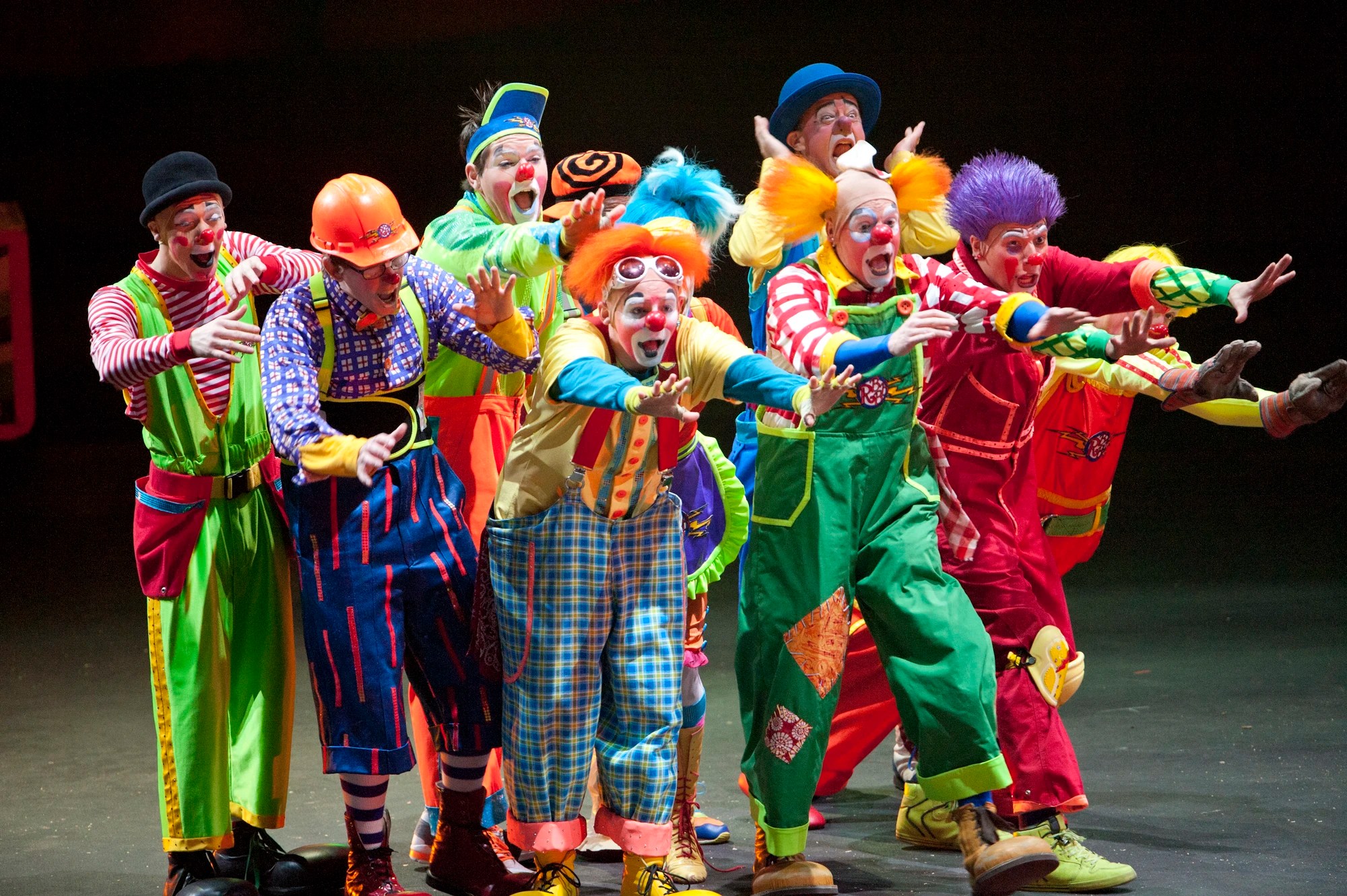In the vibrant world of performance art, few figures capture the essence of joy and whimsy quite like el clown. This enchanting character transcends cultural boundaries, bringing laughter and light-heartedness to audiences of all ages. From the brightly painted faces to the exaggerated movements, el clown embodies a unique blend of humor, creativity, and an innate ability to connect with people.
Whether entertaining children at a birthday party or captivating adults in a theatrical performance, el clown is a timeless figure that continues to evolve while maintaining its core purpose: to bring joy. This article delves into the fascinating world of el clown, exploring its origins, cultural significance, and the artistry behind this beloved character. We will also highlight notable clowns who have made their mark in entertainment history.
As we embark on this journey, we will answer some fundamental questions about el clown. Who are the most influential clowns in history? What skills do they possess? How has the role of el clown changed over time? Join us as we explore the colorful tapestry of el clown and its impact on society.
What is the Origin of El Clown?
The concept of a clown dates back centuries, with roots in various cultures around the globe. El clown as we know it today has evolved from earlier performance traditions, including the Commedia dell'Arte in Italy and the Harlequin figures in France. These early forms of clowning combined elements of humor, physical comedy, and storytelling to engage audiences.
How Has El Clown Evolved Over Time?
Throughout history, el clown has undergone significant transformations. In the past, clowns were often seen as simple jesters, but modern interpretations have expanded their roles. Today, el clown can be found in various forms, including circus acts, street performances, and theatrical productions. This evolution has allowed el clown to adapt to changing societal norms and preferences while maintaining its core mission of spreading joy.
Who Are Some Notable Figures in Clown History?
Several clowns have left an indelible mark on the entertainment industry. One of the most famous figures is Emmett Kelly, known for his portrayal of the sad-faced clown, Weary Willie. Another notable clown is Bozo, a character who has become synonymous with children's entertainment. Each of these figures has contributed to the legacy of el clown, shaping how audiences perceive and interact with clowns today.
What Skills Are Essential for Becoming El Clown?
To excel as el clown, performers must possess a diverse skill set. These skills include:
- Physical Comedy: Mastering body language and movement to convey humor without words.
- Improvisation: The ability to think on one's feet and adapt to unexpected situations.
- Character Development: Creating a distinctive persona that resonates with audiences.
- Emotional Connection: Building rapport with the audience through empathy and understanding.
What Role Does El Clown Play in Modern Society?
El clown serves a vital function in contemporary society, providing not only entertainment but also a means of coping with life's challenges. In a world filled with stress and uncertainty, clowns remind us of the importance of laughter and joy. They create a space where individuals can escape their worries and embrace the lighter side of life.
How Do Clowns Impact Children's Development?
Clowns play a significant role in children's development, fostering creativity and imagination. Through interactive performances, el clown engages children in play, encouraging them to think critically and express themselves. Moreover, the laughter elicited by clowns can promote emotional well-being, helping children navigate their feelings in a safe and playful environment.
What Are the Challenges Faced by El Clown?
Despite the joy they bring, el clowns also encounter challenges in their profession. The stigma surrounding clowns, often fueled by media portrayals, can lead to fear or misunderstanding among some audiences. Additionally, the pressure to constantly innovate and entertain can be overwhelming for performers. Nevertheless, many clowns continue to embrace their craft, finding fulfillment in the laughter they create.
Can El Clown Bridge Cultural Divides?
El clown has the incredible ability to transcend language and cultural barriers. The universal language of laughter connects people from diverse backgrounds, fostering understanding and unity. By showcasing humor that resonates with various audiences, el clown can serve as a bridge that brings people together, reminding us of our shared humanity.
Conclusion: Why Is El Clown Important in Our Lives?
In conclusion, el clown is more than just a performer; it is a symbol of joy, resilience, and the human spirit. Throughout history, clowns have entertained, inspired, and uplifted individuals, reminding us of the importance of laughter in our lives. As we continue to celebrate the artistry of el clown, let us cherish the moments of joy and connection it brings to our world.
| Name | Birthdate | Notable Work | Genre |
|---|---|---|---|
| Emmett Kelly | December 9, 1898 | Weary Willie | Circus Clown |
| Bozo | 1956 | Bozo's Circus | Children's Entertainment |




